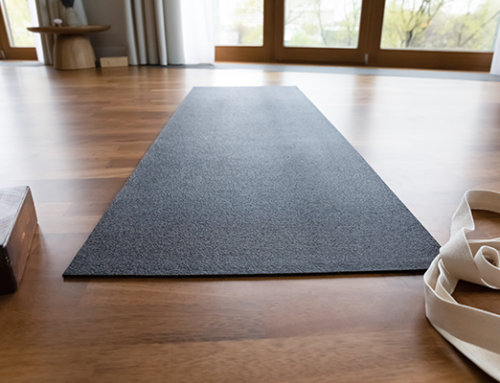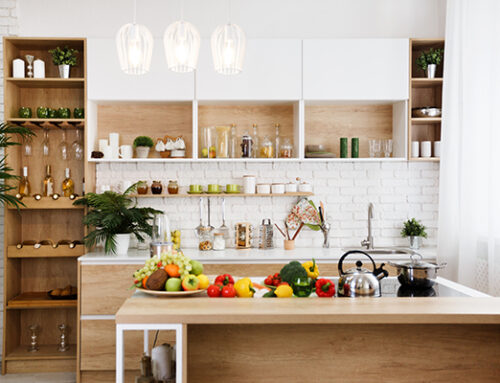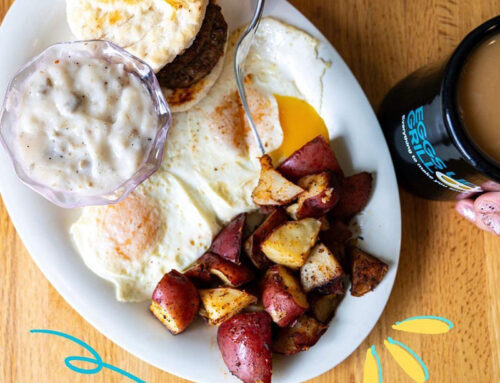The next design trend we’ll look at are two seemingly contrasting styles that have captured the imagination of homeowners and designers alike: minimalism and maximalism. While minimalism advocates for simplicity, clean lines, and pared-down aesthetics, maximalism revels in abundance, bold patterns, and eclectic arrangements. Despite their apparent differences, these design philosophies can coexist harmoniously, offering homeowners a unique opportunity to find balance and express their individuality within their living spaces.
Minimalism: Embracing Simplicity and Serenity
Minimalism, with its emphasis on decluttering and simplicity, has gained widespread popularity in recent years. Rooted in the mantra of “less is more,” minimalist design seeks to create serene and uncluttered environments that promote calmness and clarity. Key characteristics of minimalist decor include neutral color palettes, clean lines, and a focus on functionality and essentialism.
In a minimalist home, each element serves a purpose, and unnecessary clutter is eliminated to allow for a sense of spaciousness and tranquility. Furniture is often sleek and streamlined, with an emphasis on quality over quantity. Simple geometric shapes, natural materials such as wood and stone, and ample natural light further enhance the minimalist aesthetic, creating an atmosphere of understated elegance and sophistication.
Maximalism: Embracing Eclecticism and Expression
On the opposite end of the design spectrum lies maximalism, a style characterized by its boldness, eclecticism, and penchant for extravagance. Maximalist interiors are vibrant, layered, and filled with personality, embracing an eclectic mix of colors, patterns, textures, and decorative accents. Unlike minimalism, which prioritizes restraint, maximalism celebrates abundance and self-expression.
In a maximalist home, every surface is an opportunity for creativity and storytelling. Walls adorned with bold wallpaper, shelves overflowing with curated collections, and furnishings adorned with intricate details create a sense of opulence and drama. Maximalist decor encourages homeowners to embrace their individuality, mixing and matching styles, eras, and cultural influences to craft spaces that reflect their unique tastes and passions.
Finding Balance: The Art of Eclectic Harmony
While minimalism and maximalism may appear diametrically opposed, they need not be mutually exclusive. In fact, the juxtaposition of these contrasting styles can create visually arresting interiors that strike a harmonious balance between simplicity and complexity, restraint, and indulgence.
To achieve this balance, homeowners can incorporate elements of both minimalism and maximalism into their decor in a thoughtful and deliberate manner. For example, a minimalist foundation of clean lines and neutral tones can serve as a backdrop for maximalist accents such as bold artwork, vibrant textiles, and statement furniture pieces. Conversely, in a maximalist space filled with layers of color and pattern, strategically placed moments of simplicity, such as unadorned surfaces or monochromatic vignettes, can provide visual relief and help prevent sensory overload.
Ultimately, the key to successful eclectic design lies in curating a space that reflects the personality and lifestyle of its inhabitants while maintaining a sense of visual cohesion and harmony. Whether you lean towards the simplicity of minimalism or the extravagance of maximalism, embracing the interplay between these two design philosophies can result in homes that are not only aesthetically pleasing but also deeply personal and inviting.
Take a peek at these homesites in The Bluffs, and see our featured list of the area’s finest builders with designs that fit whatever design style you lean towards.
Stay up-to-date on the latest happenings in The Bluffs by tuning into our Facebook page! If you are ready to come experience life on the water, we invite you to visit to our stunning riverside community where you can purchase your dream home!

 360˚ Tour
360˚ Tour Oak Island Webcam
Oak Island Webcam






